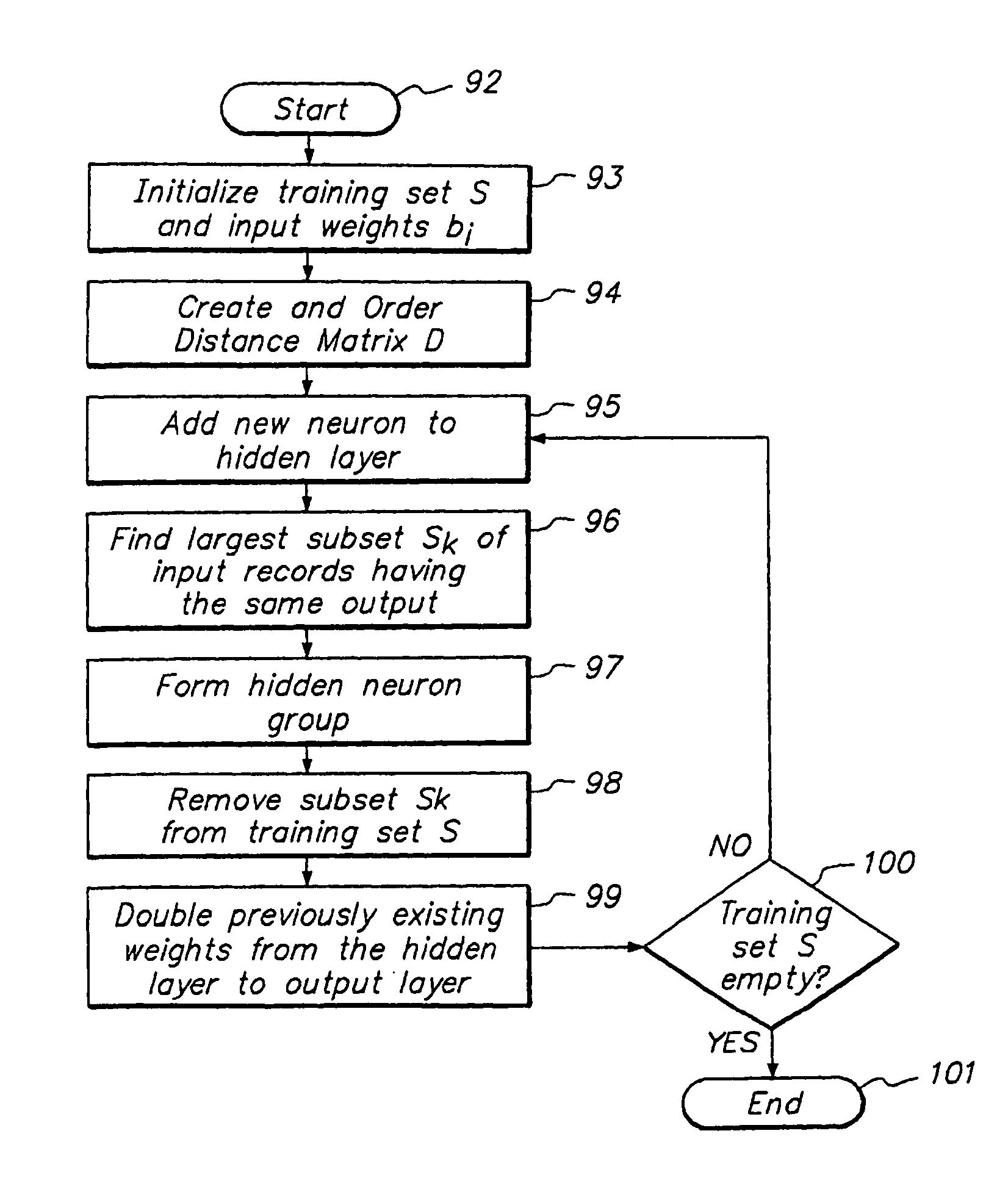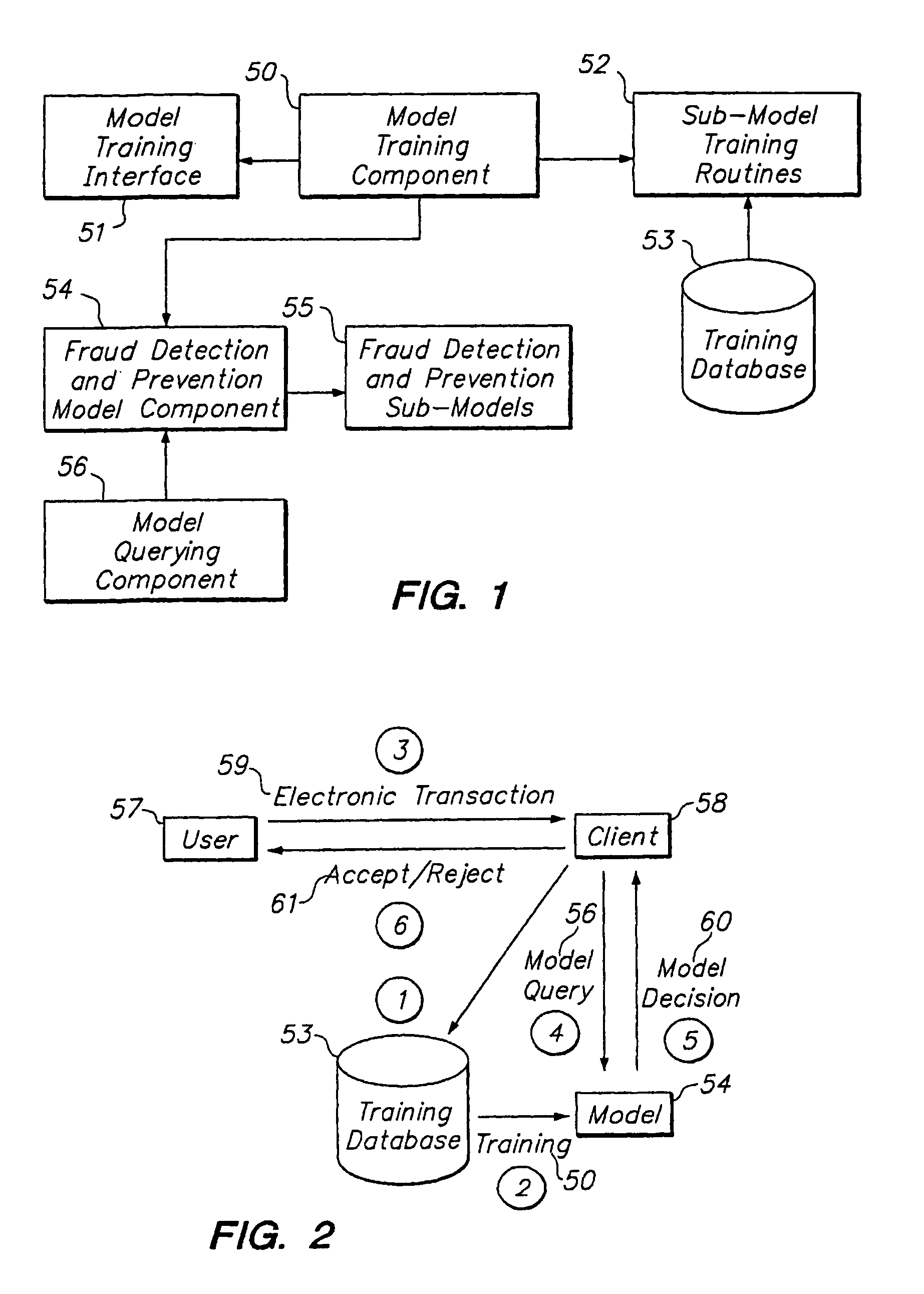While these networks provide unparalleled benefits to users, they also facilitate unlawful activity by providing a vast, inexpensive, and potentially anonymous way for accessing and distributing fraudulent information, as well as for breaching the
network security through network intrusion.
Each of the millions of individuals exchanging information on these networks is a potential victim of network intrusion and electronic fraud.
Network intrusion occurs whenever there is a breach of
network security for the purposes of illegally extracting information from the network, spreading computer viruses and worms, and attacking various services provided in the network.
Electronic fraud occurs whenever information that is conveyed electronically is either misrepresented or illegally intercepted for fraudulent purposes.
The information may be intercepted during its transfer over the network, or it may be illegally accessed from various information databases maintained by merchants, suppliers, or consumers conducting business electronically.
These databases usually store sensitive and vulnerable information exchanged in
electronic business transactions, such as
credit card numbers, personal identification numbers, and billing records.
For example, the financial services industry is subject to
credit card fraud and money laundering, the
telecommunications industry is subject to cellular phone fraud, and the health care industry is subject to the misrepresentation of medical claims.
All of these industries are subject to network intrusion attacks.
It is during this transfer that most fraudulent activities on
the Internet occur.
With networks rapidly expanding, it becomes extremely difficult to track all the statistics required to build a normal
activity profile.
In addition,
anomaly detection systems tend to generate a high number of false alarms, causing some users in the network that do not fit the normal
activity profile to be wrongly suspected of network intrusion.
While the NIDES
system has better detection rates than other purely anomaly-based or signature-based detection systems, it still suffers from a considerable number of false alarms and difficulty in updating the signatures in real-time.
The
verification databases store information corresponding to known cases of fraud so that when the information sent by the fraudulent user is found in the
verification database, fraud is detected.
A major drawback of these
verification systems is that keeping the databases current requires the databases to be updated whenever new fraudulent activity is discovered.
As a result, the fraud detection level of these systems is low since new fraudulent activities occur very often and the
database gets updated only when the new fraud has already occurred and has been discovered by some other method.
The verification systems simply detect electronic fraud, but cannot prevent it.
Although the SET standard reduces the costs associated with fraud and increases the level of trust on
online business transactions, it does not entirely prevent fraud from occurring.
Additionally, the SET standard has not been widely adopted due to its cost, computational complexity, and implementation difficulties.
With new methods of electronic fraud appearing daily on
the Internet, neural networks are not sufficient to detect or prevent fraud in real-time.
In addition, the
time consuming nature of the training process, the difficulty of training the neural networks to provide a high degree of accuracy, and the fact that the desired output for each input needs to be known before the training begins are often prohibiting limitations for using neural networks when fraud is either too close to normal activity or constantly shifting as the fraudulent actors adapt to changing surveillance or technology.
In the credit card example, if the credit card is stolen and suddenly used to purchase an unexpected number of items at odd times of day that do not correspond to the previously known customer profile or cannot be predicted based on the purchase patterns, a suspicion of fraud may be raised.
However,
data mining has the risk of generating a high number of false alarms if the predictions are not done carefully.
The main problem with using multi-agents for detecting and preventing electronic fraud and network intrusion is that they are usually asynchronous, making it difficult to establish how the different agents are going to interact with each other in a timely manner.
The main
disadvantage of these systems is that their fraud detection rates are highly dependent on the set of rules and cases used.
Moreover, these systems are not easily adaptable to new methods of fraud as the set of rules and cases can become quickly outdated with new fraud tactics.
As of today, there is no
system in place that integrates neural networks,
data mining, multi-agents, expert systems, and other technologies such as
fuzzy logic and genetic algorithms to provide a more powerful fraud detection solution.
In addition, current fraud detection systems are not always capable of preventing fraud in real-time.
These systems usually detect fraud after it has already occurred, and when they attempt to prevent fraud from occurring, they often produce false alarms.
Furthermore, most of the current fraud detection systems are not self-adaptive, and require constant updates to detect new cases of fraud.
Because the systems usually employ only one or two intelligent technologies that are targeted for detecting only specific cases of fraud, they cannot be used across multiple industries to achieve high fraud detection rates with different types of electronic fraud.
In addition, current fraud detection systems are designed specifically for detecting and preventing electronic fraud and are therefore not able to detect and prevent network intrusion as well.
 Login to View More
Login to View More  Login to View More
Login to View More 


